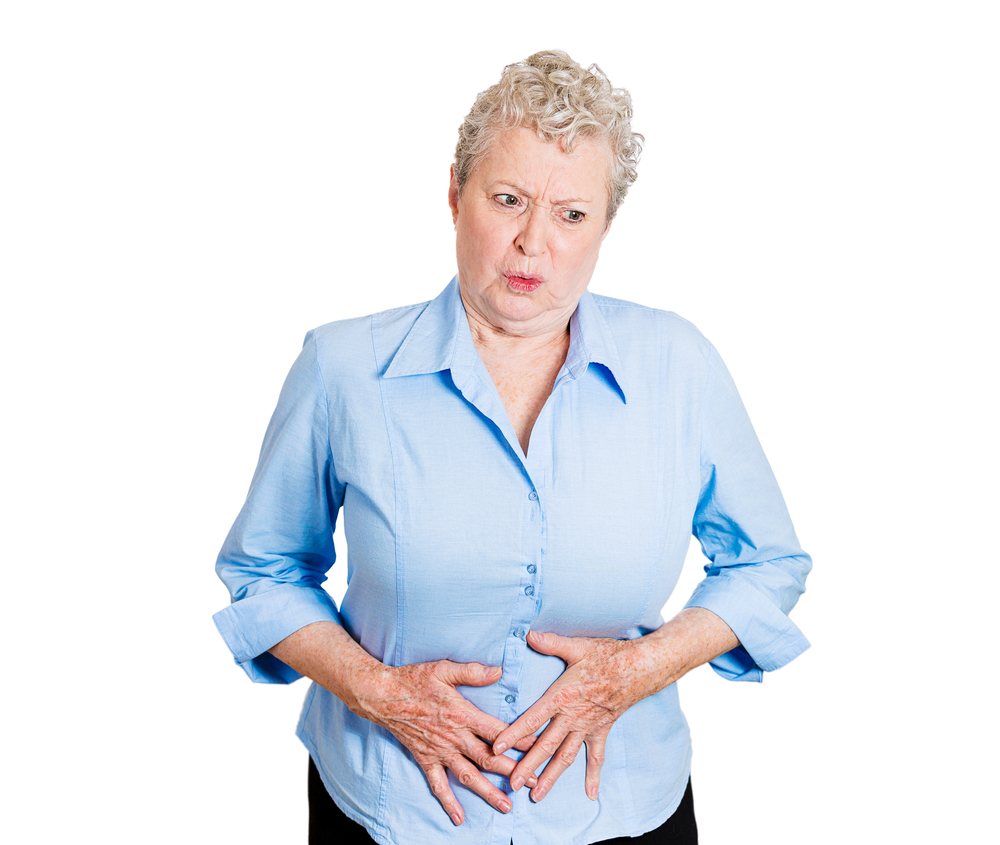Postmenopausal women who consumed 1 or more servings of artificially sweetened beverages per day had 10% greater odds of having mixed urinary incontinence (both urge and stress types) compared with women who consumed less than 1 such beverage per week. However, the amount of the beverages consumed was not associated with either stress or urgency urinary incontinence symptoms. These are the results of an analysis of 80,388 women conducted using data from the Women’s Health Initiative Observational Study (WHI-OS) and published last month in the journal Menopause.
The Women’s Health Initiative program, funded by the National Heart, Lung, and Blood Institute, National Institutes of Health, US Department of Health and Human Services, was founded in 1991 to better understand how certain diseases affect post-menopausal women and to reduce the number of women who develop and die from these diseases.
The objective of the artificial beverage analysis performed by a consortium of researchers from 9 US-based medical institutions was to ascertain if a higher intake of artificially sweetened beverages is associated with higher prevalence of urinary incontinence symptoms.
A 3-year window
The researchers assessed postmenopausal women who participated in the 3-year follow-up of the prospective WHI-OS, recording the women’s estimates of their consumption of artificially sweetened beverages reported at 3 years, and urinary incontinence as reported in self-administered questionnaires at baseline and 3 years.
The majority of study subjects (64%) were rare consumers of artificially sweetened beverages, with 13% (n = 10,494) reporting that they consumed ≥1 serving(s) per day. The unadjusted odds of reporting urinary incontinence were 10% to 12% higher in women consuming 1 to 6 servings per week (odds ratio [OR], 1.10; 95% CI, 1.06-1.14) or ≥1 serving per day (OR, 1.12; 95% CI, 1.07-1.18) versus never to <1 serving per week. In multivariable analyses, women who consumed ≥1 serving per day had 10% higher odds of reporting mixed urinary incontinence (OR, 1.10; 95% CI, 1.02-1.19). There were no significant differences for stress or urgency urinary incontinence symptoms between groups.
The human and fiscal burden of incontinence
Urinary incontinence occurs in up to 50% of menopausal women—affecting women twice as often as men (Kołodyńska et al, 2019). Defined as the loss of bladder control and the unintentional leaking of urine, incontinence is not merely embarrassing; it is associated with significant comorbidities including cognitive impairment, functional decline, falls, fractures, stroke, depression, and an overall poorer quality of life. When grouped, stress incontinence and urge incontinence is estimated to account for > $60 billion in annual direct costs in the United States alone. And while women’s awareness of this disease increases from year to year (Özlü A. et al, 2017), many patients still consider incontinence a natural symptom of aging.
The latest data cited by Özlü and colleagues show that incontinence in postmenopausal women occurs more often than other “civilization diseases” such as diabetes, hypertension, or depression. Yet, they report that statistical data reveal that only one-third of these patients undertake treatment attempts—often due to the misconception that the only treatment option is surgery and the resulting fear barrier about undergoing an invasive procedure.
Although anecdotally there has been clinical conjecture that several foods and drinks, such as artificially sweetened beverages, may have adverse effects on the bladder and lower urinary tract, there have been few actual human studies which confirm the link between urinary incontinence and artificial sweeteners.
Author’s recommendation for women’s health providers
According to the study authors, the results of their analysis suggest that clinicians consider counseling their patients with urinary incontinence to “focus more on behavioral modifications, such as total volume intake, rather than on the type of beverage consumed.”
Further, given the potential for adverse health effects associated with consuming alternative sugary beverages, clinicians may not want to direct patients to avoid beverages that contain artificial sweeteners, the authors concluded.
Find a link to access the full study results of “Artificially sweetened beverages and urinary incontinence—a secondary analysis of the Women’s Health Initiative Observational Study,” here.
Clinicians’ Bonus: More To Know
Resources for you and your patients
For You
One of the most recently published guidelines on urinary incontinence in older women was developed and published in September 2020 by the European Menopause and Andropause Society (EMAS), an international medical consortium founded in 1998 and comprised of over 40 affiliated clinical societies “promoting health in women and men at midlife and beyond.”
Available as a downloadable PDF at no cost, this literature review and consensus of expert opinion, “Management of urinary incontinence in postmenopausal women: An EMAS clinical guide,” provides an evidence-based approach to the management of urinary incontinence in postmenopausal women, reviewing first-, second-, and third-line therapies and management, as well as pharmacological and surgical interventions.
For Your Patients
The US Department of Health and Human Services’ Office on Women’s Health has available a cost-free and impressively comprehensive online patient guide, as well as a downloadable Urinary Incontinence Fact Sheet which explains the nature and multiple causes of the malady, and highlights pragmatic steps to inform and empower patients in their own self-management.
The Fact Sheet concludes with 5 additional clinical organizations’ resources your patients can turn to for supplementary information and help on urinary incontinence—from NIH’s National Institute on Aging, to the US National Kidney and Urologic Diseases Information Clearinghouse, to the American Urogynecologic Society and more—complete with helpline numbers and hyperlinked URLs for each.
The contents of this feature are not provided or reviewed by NPWH.

